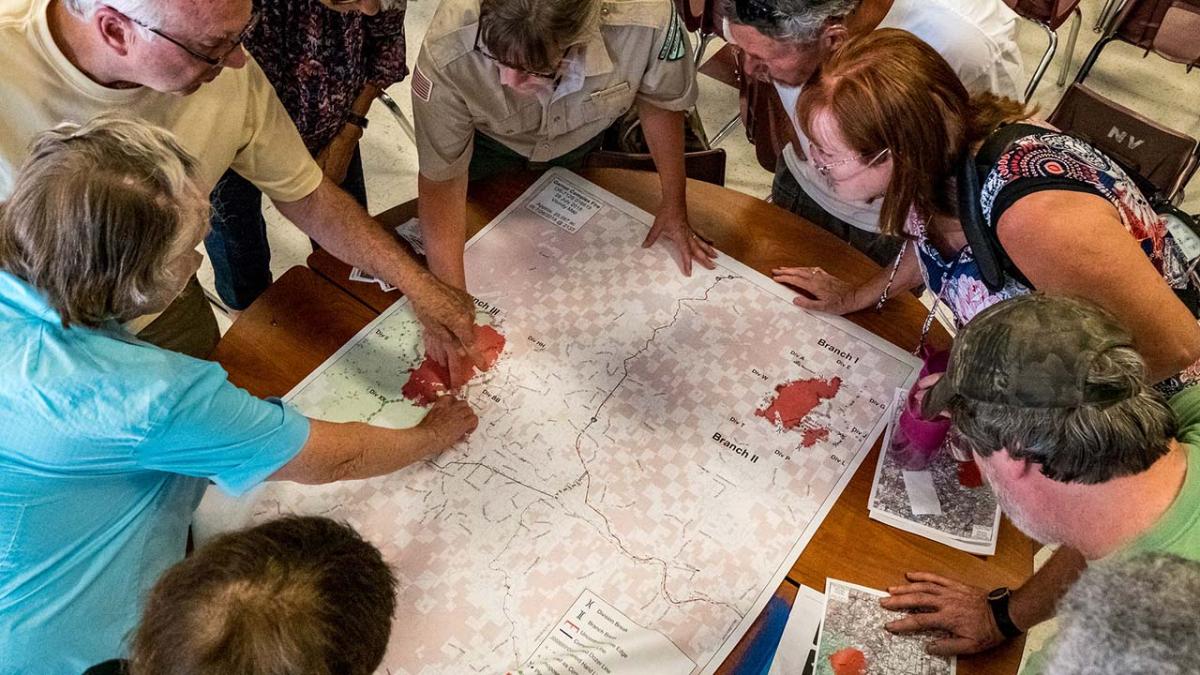United States Forest Service/Flickr
It is not uncommon for rural Nebraska coffee shop talk to discuss who is involved or not involved in community activities. Typically, the conversation concludes that the same people seem to be doing everything – the faces never change. So, is that true? And if so, why does it happen that way?
First off, it could be true, to some degree — many communities have populations that are stagnate and, as people age, or move out of the community, there are fewer and fewer people to manage the same community roles. But I suspect that is not the only reason we see this happening. It may be because we just keep interacting with the same people in the community and are not reaching out to everyone. Perhaps our tactics for getting people involved or engaged have not kept up with changing demographics and societal trends?
An Australian community developer, Vivien Twyford, and some of her colleagues, in a book on community engagement, have lifted up the notion that there are both visible and invisible community members. To understand her logic, it is helpful to think of an iceberg with some of the ice sitting above the sea level and some below. Above the ice and clearly visible are people we see all the time in our communities, the activists, the vocal minority, the articulate irate, interested retirees and community leaders. Just below the surface of the ice, and generally invisible, are unique groups of people — those that “can’t see how they can help,” are often the culturally diverse, “didn’t see or hear the invitation to participate” and “those that don’t trust the sponsoring organization.” Further down the iceberg, and in dark water, are two groups that are almost always invisible, according to Twyford: youth and Indigenous or Native Americans.
Do those groups and that way of visualizing them connect with you? Are there other groups that could be listed at each level? I know I get into a habit and often find myself interacting with the same people on a regular basis. Reaching out beyond that group can be something that does not happen unless I consciously try to do it. I confess — I am probably blind to some invisible groups within my community, but I suspect I am not the only one who might be this way.
Reaching out to new people and new groups in our community is a simple gesture and can happen in many ways. At the most basic level, a personal invitation to participate in an event can mean a lot to someone who may not know about the opportunity or feel they are welcomed to join in. But if each person reached out and brought just one new person to a community gathering, that could change everything.
Just think … a few new faces could offer up new ideas and thinking and shake up that local coffee shop talk – they may need to make another pot and stay a bit longer for all that conversation!
Reference:
Twyford, V., Waters, S., Hardy, M., & Dengate, J. (2006). Beyond Public Meetings: Connecting Community Engagement with Decision-Making. Twyford Communications Pty Limited, Australia.


